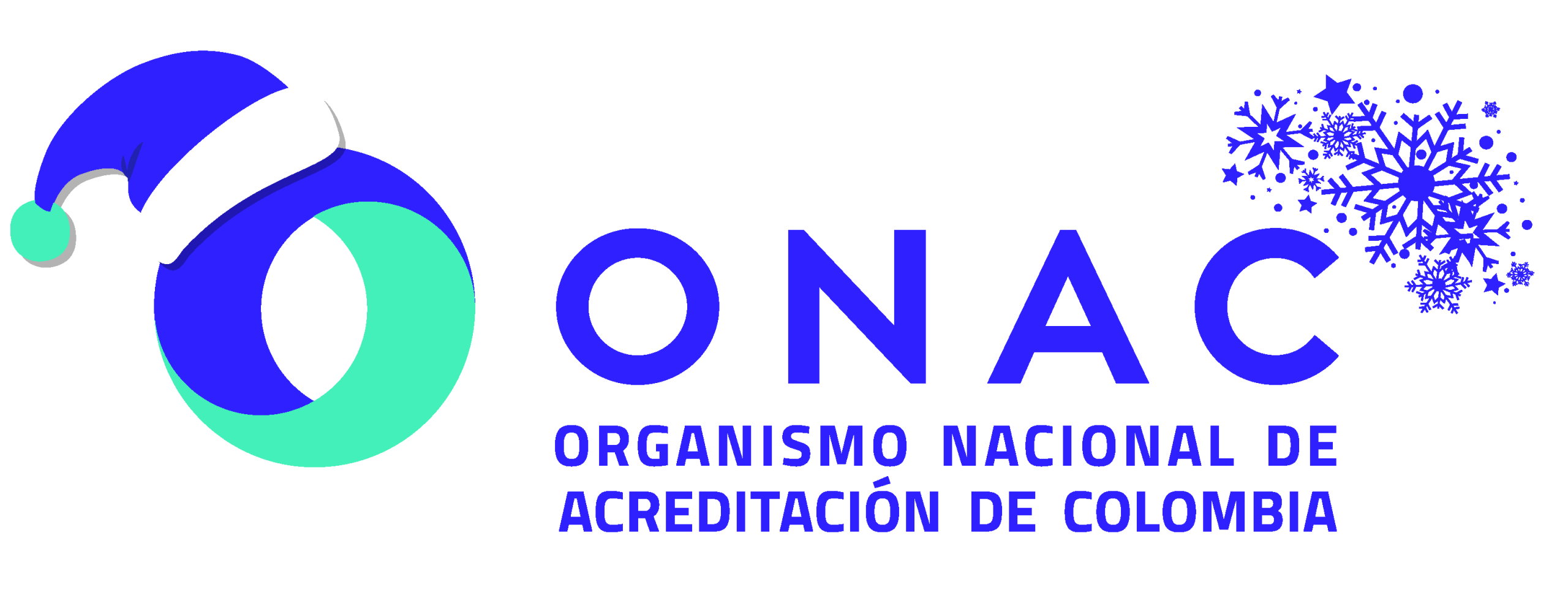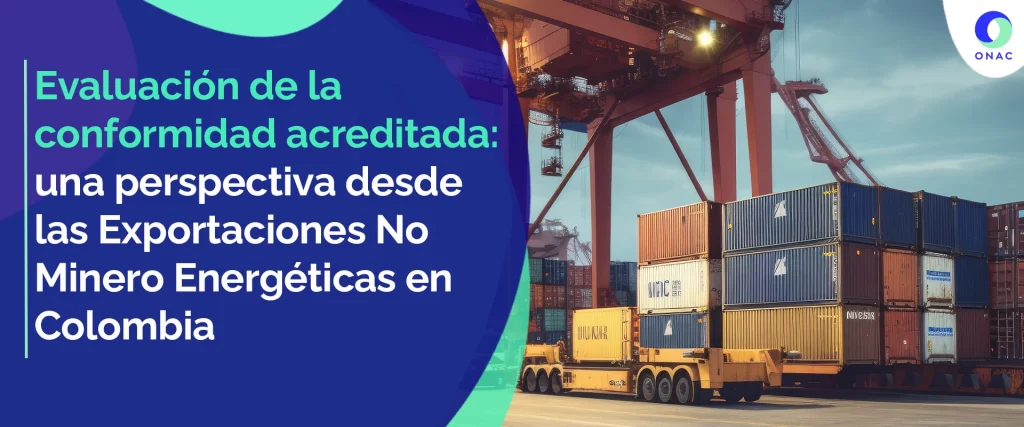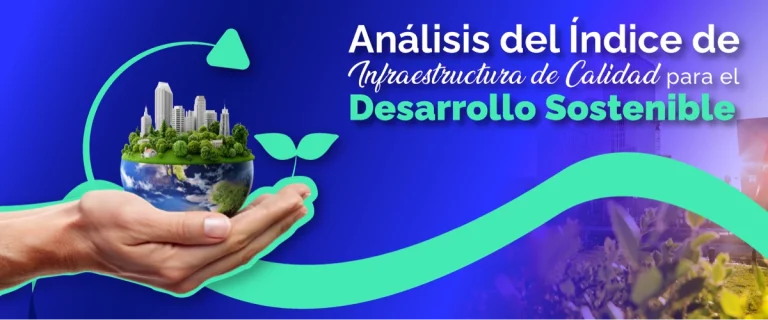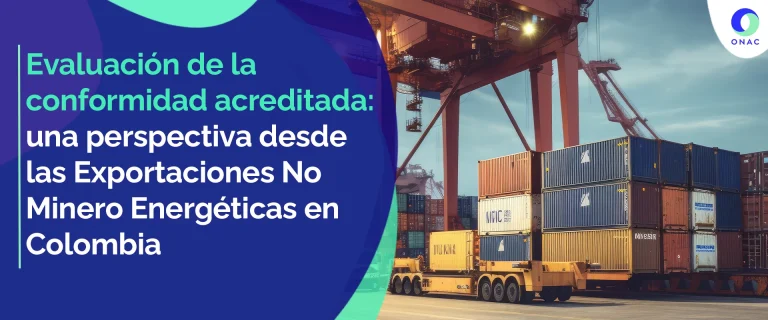In recent years, the popularity of cosmetic products has intensified, which is reflected in growing demand and, consequently, an increase in the total profits generated by the sector globally. In 2023, the industry recorded a total profit value of more than US$625.6 billion and is expected to reach US$646.13 billion in 2024. It is also important to highlight that in the last 5, years the beauty industry has grown by 12%, despite the pandemic and the complicated international scenario 1. This situation has allowed the cosmetics market to evolve significantly and has positioned the sector as one of the most relevant in the global economy.
Evolution of sales of the cosmetics sector at a global level shows a growing behavior as shown in Figure 1: Global cosmetics sales revenue to 2023 and projections to 2028 (billions of dollars). The growth projections indicate that the sector will continue to grow in the coming years, which is an indication of its strength and future relevance in the market.
Figure 1: Global cosmetics sales revenue to 2023 and projections to 2028 (billions of dollars)
Source: Statista. Calculations by Economic and Social Research Coordination for Quality Infrastructure – ONAC
The share of each of the cosmetic product categories in the global market 2 is shown in Figure 2: Share of cosmetic product categories in the global market.
Figure 2: Share of cosmetic product categories in the global market.
Source: Fortune Business Insights. Calculations by Economic and Social Research Coordination for Quality Infrastructure – ONAC
Likewise, in the national context, the cosmetics and toiletries sector has generated significant economic benefits for the country and the groups that participate in the value chain, which is why it has begun to be categorized as a potential driver of the national economy. The importance of cosmetics and toiletries in Colombia can be reflected through sales. In 2023, the sector’s sales amounted to US$5,369 million, which represented an increase of 11.14% compared to 2022. It is also important to highlight that sales in 2023 were even higher than pre-pandemic sales 3, which indicates that the sector has had a successful recovery and has been on a path of significant growth in recent years.
In Figure 3: Average real sales index of cosmetics and toiletries products in Colombia the behavior of this index over the last 4 years is shown.
Figure 3: Average real sales index of cosmetics and toiletries products in Colombia
Source: Inexmoda. Calculations by Economic and Social Research Coordination for Quality Infrastructure – ONAC
According to INVIMA, cosmetic products are understood as all substances or formulations of local application used on the various superficial parts of the human body to clean, perfume, modify their appearance and protect or maintain them in good condition and prevent or correct body odors 4. Thus, the sector is made up of two subsectors: cosmetics (makeup, personal care, hair color and treatment products) and household cleaning products (detergents, laundry soap and other household cleaning products) 5. These categories group products in which Colombia has export potential, taking into account the competitive advantages due to the availability of raw materials and biodiverse natural ingredients, which can become differentiating elements to compete in international markets. In this sense, the country has the possibility to innovate, generate opportunities for rural development with beneficial effects for the communities and encourage biodiversity conservation 6.
However, the export potential of cosmetic products produced in Colombia depends to a large extent on their ability to demonstrate compliance with the requirements demanded by the destination countries, i.e., to overcome the technical barriers to access international markets. In this order of ideas, the role of the quality infrastructure is crucial, since producers need to resort to accredited third-party certification services that are adjusted to the quality requirements of the cosmetic sector value chain. By obtaining such certifications, producers will be able to ensure that their products comply with international standards and avoid undergoing multiple verifications in destination countries.
The following are some of the most important certifications in the global cosmetics and personal care industry 7:
- ISO 22716: It is the international standard for Good Manufacturing Practices (GMP) in the cosmetic industry. It provides guidelines for the production, control, storage and shipping of cosmetic products. Certification under this standard ensures that a company is manufacturing products under controlled conditions and following quality guidelines.
- Ecocert Cosmetics: Products under this certification must be renewable and manufactured using environmentally friendly processes. GMOs, parabens, phenoxyethanol, nanoparticles, silicone, perfumes and synthetic colorants are prohibited. For example, to be certified organic, 95% of the ingredients of plant origin in the formula and at least 10% of all ingredients by weight must come from organic agriculture.
- Cosmos Standard: It is a globally recognized certification for organic and natural cosmetics that harmonizes several organic standards to create a unified global standard. It was developed by five founding members: BDIH (Germany), Cosmebio (France), Ecocert (France), ICEA (Italy) and Soil Association (UK). These organizations came together to ensure more consistent and clearer standards for organic and natural cosmetics in international markets. It includes both product and ingredient certifications, covering the sourcing, manufacturing, marketing and control of cosmetic products.
- European Union Cosmetics Regulation – Regulation (EC) No. 1223/2009: This regulation establishes the rules for the safety and marketing of cosmetics in the European Union. All imported cosmetics must comply with the provisions of this regulation.
- FDA cosmetic labeling requirements: Cosmetics imported into the United States must comply with FDA labeling requirements. This includes the inclusion of a list of ingredients, product name, directions for use, and manufacturer or distributor information. Labeling must be clear and not misleading.
Given the demands of international markets and the limited capacity of Colombian cosmetics producers to meet these requirements, an international cooperation and technical assistance program called SAFE+ was created. The program arose from an alliance between the United Nations Industrial Development Organization (UNIDO), the Economic Cooperation and Development Program of the Swiss Embassy in Colombia (SECO), the Productive Transformation Program (PTP) and the Ministry of Commerce, Industry and Tourism, in order to help Colombian cosmetic products overcome the technical barriers to access international markets.
The program, which ran from 2015 to 2018, had three main objectives 8:
- That Colombian cosmetic companies and products could comply with the requirements of the countries to which they want to export – focus on the producers.
- Consolidate in the country the capacity to evaluate compliance with the requirements in a competitive and reliable manner so that companies could demonstrate their quality through a third party evaluation that could testify it – focus on testing laboratories and strengthening the supply of quality services in the country.
- That the national capacity to evaluate compliance with technical requirements were internationally recognized through the national institutions that make up the National Quality Infrastructure – focus on the institutions that make up the National Quality Subsystem (aggrupation of the quality infrastructure institutions of Colombia).
The fulfillment of these objectives was reflected, for example, in the consolidation of an offer of laboratories recognized within the framework of the OECD’s Good Laboratory Practices (GLP) (designating ONAC as the national authority in this area), the support to production companies in strengthening their capacities and in orienting them towards the standards or certifications that they should acquire, and the advice to entities such as ICONTEC to generate technical standards that were equivalent to the international standards required in the value chain, among others.
The Good Laboratory Practice (GLP) agreement, which is part of the agreements of the Organization for Economic Cooperation and Development (OECD), aims to guarantee the quality, integrity, consistency and reliability of the data generated in non-clinical safety studies for chemical products, including cosmetic products, so that the health authorities of the countries that are part of the agreement recognize these data for the registration of new products in their markets.
In the cosmetics production process, cosmetics must be subjected to pre-clinical tests, which are recommended under GLP-OECD principles, in order to collect data on their properties and/or their safety with respect to the environment and human health. These tests can be physicochemical, microbiological or even animal or in vitro tests, but never in humans 9.
Test results performed through GLP principles and guidelines are guaranteed to be consistent and conform to international standards, which facilitates mutual acceptance of data between OECD member countries and other countries following these guidelines.
Also, some benefits of GLP in the cosmetics industry include:
- Possibility of using alternative methods in testing so as not to resort to animal testing.
- Development of non-clinical studies to determine potential dermal toxicity effects, skin sensitization, eye toxicity, genetic damage, phototoxicity and product stability.
- Alignment of GLP principles and guidelines with specific cosmetic regulations such as the European Union Cosmetics Regulation or FDA regulations in the United States.
- Quality control of ingredients used in production.
- Compliance with ethical standards.
Finally, as a result of the program there was a 52% increase in the value of the sector’s exports, investment in quality increased by 63% and 58% of the beneficiaries gained access to at least one new market.
It is also important to highlight that the SAFE+ program had a significant impact on the expansion of the portfolio of accreditation services provided by ONAC, as well as on the international recognition agreements to which the organization is a party. In this sense, ONAC increased its capacity to accredit Conformity Assessment Bodies (CABs) that are able to perform tests and certifications in the specific scopes required by the sector, which are covered by the international recognition agreements of which it is a part. Thus, when producing companies turn to accredited laboratories or certification bodies, the results of such third party evaluations are accepted in other markets without the need to undergo conformity assessment processes again in the country of destination.
Some of the accreditation services offered by ONAC that may be applicable to the cosmetic products industry are listed below 10*:
Accreditation schemes | Accreditation standard | Multilateral Recognition Agreements |
Testing laboratories | ISO/IEC 17025:2017 | IAAC/ILAC |
Calibration laboratories | ISO/IEC 17025:2017 | IAAC/ILAC |
Product, process and service certification bodies | ISO/IEC 17065:2012 | IAAC/IAF |
Management system certification bodies | ISO/IEC 17021-1:2015 | IAAC/IAF |
OECD Good Laboratory Practices (GLP) |
However, it is necessary to emphasize that the importance of accreditation in the value chain of cosmetic products goes beyond compliance with requirements for the entry of products into international markets. It is important to bear in mind that consumers of cosmetic products are increasingly demanding in terms of quality and sustainability 11. In this context, accredited certification becomes relevant by encouraging producers to align themselves in continuous improvement processes and to communicate (through their certifications) a message of corporate responsibility to conscious consumers. Accreditation acts as a seal of assurance that the cosmetic products they use meet high standards of quality, safety and sustainability.
Finally, accreditation in the cosmetics industry serves as a guarantee for consumers and simultaneously facilitates and favors the export capacity of producers to the extent that it ensures that cosmetics meet rigorous standards of quality, safety and efficacy. In this sense, it is much more than a requirement of the regulator; it is an essential tool that boosts quality, safety and confidence in the products.
As the industry evolves and faces new challenges, both the production of chemicals for the sector under OECD GLP principles and accreditation will continue to be a fundamental pillar in ensuring that cosmetics are both innovative and safe, offering products of the highest quality and reliability. It is therefore crucial that the cosmetics industry encourages the adoption of OECD GLP practices and accreditation, and maintains a proactive focus on continuous improvement of quality standards to ensure that cosmetic products continue to meet consumer expectations and the demands of the international marketplace.
Statista (2024) Beauty and personal care – Worldwide. Retrieved from: https://www.statista.com/outlook/cmo/beauty-personal-care/worldwide#revenue
Fortune Business Insights (2024). Cosmetics Market Size, Share & Industry Analysis, By Category (Hair Care, Skin Care, Makeup, and Others), By Gender (Men and Women), By Distribution Channel (Specialty Stores, Hypermarkets/Supermarkets, Online Channels, and Others), and Regional Forecasts, 2024-2032. Retrieved from: https://www.fortunebusinessinsights.com/cosmetics-market-102614
ANDI (2024) Cada colombiano gasta un promedio de $449.000 al año en productos de belleza, cuidado personal y aseo del hogar: Cámara de la Industria Cosmética y de Aseo de la ANDI. Retrieved from: https://www.andi.com.co/Home/Noticia/17696-cada-colombiano-gasta-un-promedio-de-44#:~:text=De%20acuerdo%20con%20la%20C%C3%A1mara,la%20pandemia%2C%20dado%20que%20en
INVIMA (s.f.) Cosméticos. Retrieved from: https://www.invima.gov.co/productos-vigilados/cosmeticos-aseo-plaguicidas-y-productos-de-higiene-domestica/cosmeticos
Colombia Productiva (s.f.) Cosméticos y Aseo. Retrieved from: https://www.colombiaproductiva.com/ptp-sectores/manufactura/cosmeticos-y-aseo
ONUDI (2018) Hecho en Colombia: Memorias del proyecto Safe+ (Programa de Calidad para el Sector Cosmético). Retrieved from: https://www.colombiaproductiva.com/ptp-capacita/publicaciones/sectoriales/publicaciones-cosmeticos-y-aseo/memorias-del-programa-safe-hecho-en-colombia
BTSA (s.f.) Principales certificados en la industria cosmética y de cuidado personal. Retrieved from: https://www.btsa.com/certificados-industria-cosmetica/
UNIDO (2018) Hecho en Colombia: Memorias del proyecto Safe+ (Programa de Calidad para el Sector Cosmético). Retrieved from: https://www.colombiaproductiva.com/ptp-capacita/publicaciones/sectoriales/publicaciones-cosmeticos-y-aseo/memorias-del-programa-safe-hecho-en-colombia
SAFE+ (s.f.) Buenas Prácticas de Laboratorio de la OCDE. Guía de implementación de los principios en entidades de ensayo. Retrieved from: https://www.unido.org/sites/default/files/files/2019-02/Buenas_Pr%C3%A1cticas_de_Laboratorio_de_la_OCDE.pdf
ONAC (s.f.) Industria farmacéutica, cosméticos y productos de aseo. Retrieved from: https://onac.org.co/directorio-de-acreditados/sectores/industria-farmaceutica-cosmeticos-y-productos-de-aseo/
*For more information on the OECs that are accredited in each of the above-mentioned schemes, please refer to the following link: https://onac.org.co/directorio-de-acreditados/sectores/industria-farmaceutica-cosmeticos-y-productos-de-aseo/
Provital (s.f.) The cosmetic certification: why it´s key in a market led by consumers seeking transparency. Recuperado de: https://blog.weareprovital.com/why-to-certificate-cosmetics/





